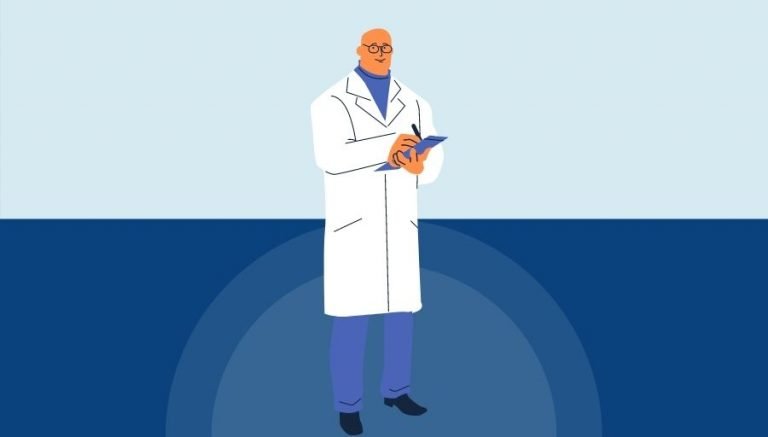ICD 10 CM S52.325S | Description & Clinical Information
ICD 10 S52.325S describes a specific type of fracture, namely a nondisplaced transverse fracture of the shaft of the left radius, which occurs when the larger of the two forearm bones is broken along a line that runs horizontally through the central portion of the bone, with the fracture fragments remaining in their original alignment, and is typically caused by trauma such as a fall on an outstretched hand, and this code is used to indicate the sequela, or the condition that results from the fracture injury.
Official Description Of S52.325S
The ICD 10 CM book defines ICD 10 code S52.325S as:
Excludes1: traumatic amputation of forearm (S58.-)
Excludes2: fracture at wrist and hand level (S62.-)
When To Use S52.325S
The diagnosis describes by the ICD-10-CM S52.325S code pertains to a nondisplaced transverse fracture of the shaft of the left radius, which can result in various symptoms. Some of these symptoms include pain and swelling, warmth, bruising or redness in the injured area, difficulty moving the arm, bleeding in the event of open fractures, and numbness or tingling if nerve supply is damaged. Medical providers diagnose this condition based on the patient’s history and physical examination, as well as imaging techniques such as X-rays, magnetic resonance imaging, and CT scans.
When dealing with this particular type of fracture, treatment options will depend on various factors, such as the severity of the injury, the age of the patient, the presence of any accompanying injuries, and the overall health and well-being of the patient. Stable and closed fractures, for example, typically do not require surgery, as they can heal on their own with time, rest, and proper support. However, unstable fractures require fixation, which involves using metal pins, rods, or plates to realign or stabilize the bone. On the other hand, open fractures require surgery to close the wound.
Aside from surgery, there are other treatment options available as well. For instance, applying ice to the injured area can help reduce pain and swelling, while a splint or cast can be used to restrict limb movement and promote healing. Likewise, physical therapy exercises can help improve flexibility, strength, and range of motion of the affected arm. Medications such as analgesics and nonsteroidal anti-inflammatory drugs can also be prescribed to manage pain and swelling.
It’s important to note that the road to full recovery from a nondisplaced transverse fracture of the shaft of the left radius can be a long one. Patients will need to attend regular follow-up visits with their healthcare provider to monitor their progress and ensure that their treatment plan is working effectively. Moreover, patients will need to practice proper self-care, such as eating a balanced diet, getting enough sleep, and avoiding activities that may aggravate the healing process. With patience, dedication, and proper medical care, however, most patients are able to make a full recovery and resume their normal activities over time.


